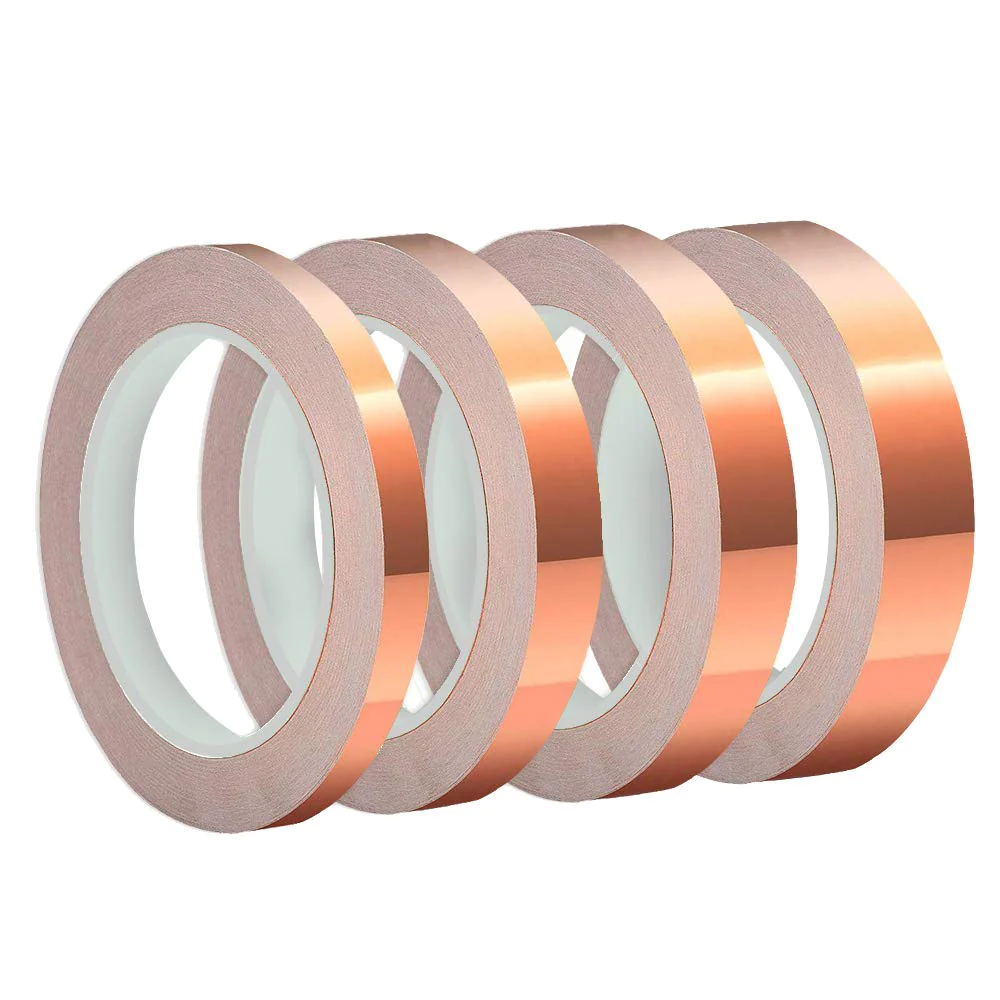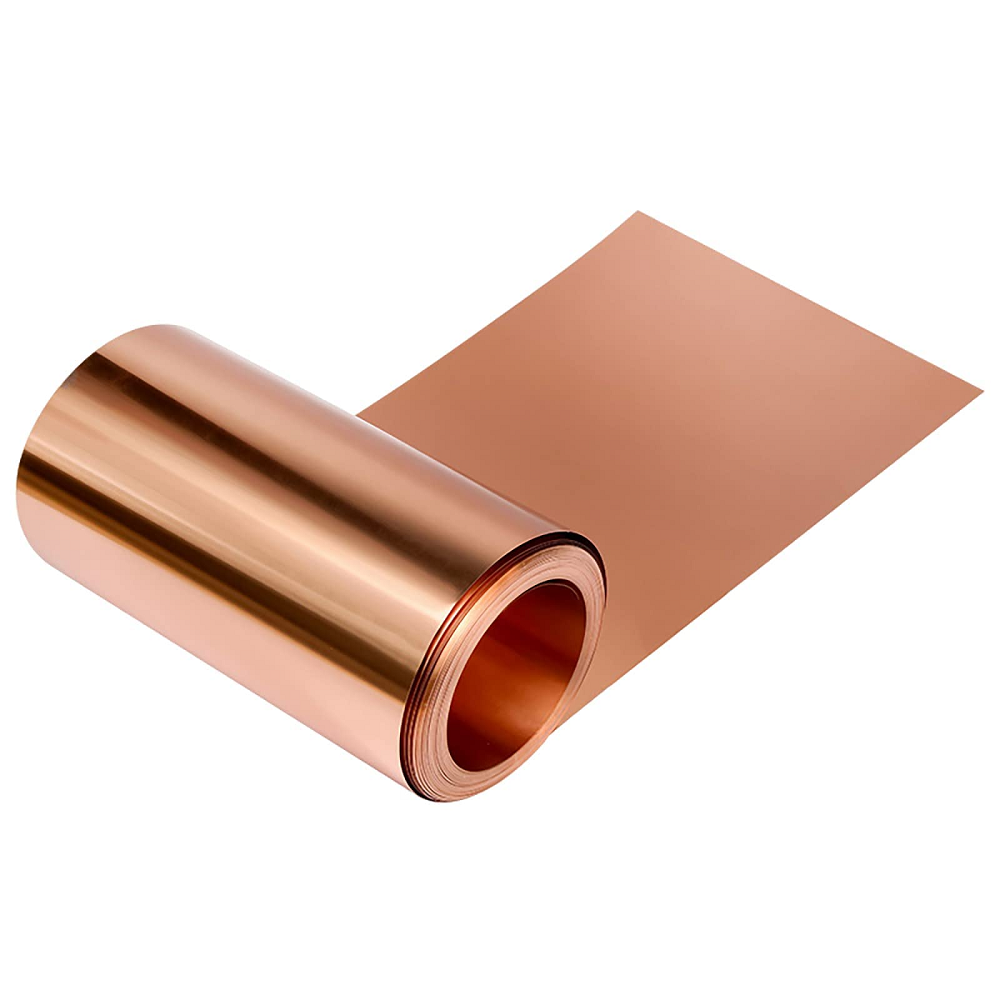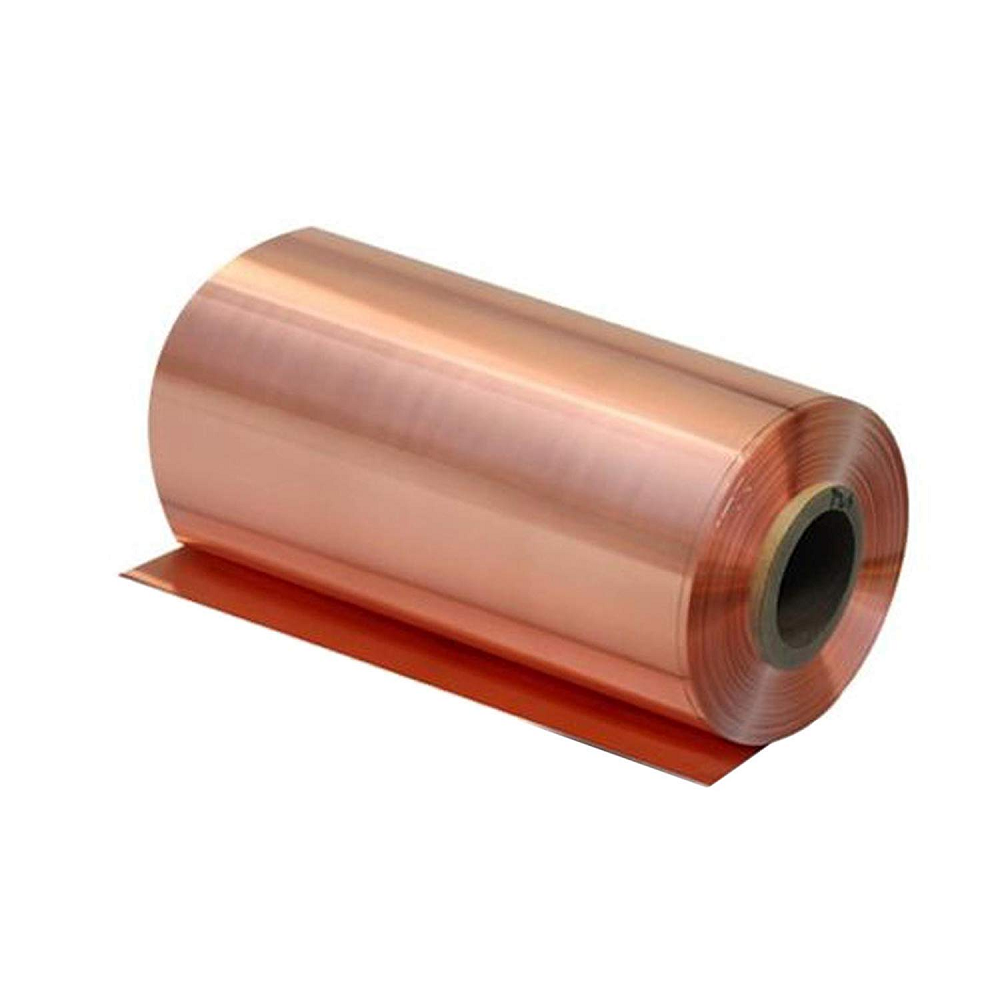In the era of modern technology, copper foil has become an indispensable part of the manufacturing of electronic devices. Its application in electronic devices is extensive, including but not limited to its use in printed circuit boards (PCBs), capacitors and inductors, and in electromagnetic shielding.
Foremost among these applications is the use of copper foil in printed circuit boards. It is reported that approximately 70% of the global copper foil production is used in the manufacturing of PCBs each year (Wang et al., 2017). PCBs are crucial components of electronic devices, connecting electronic components via copper foil circuits to form the electronic circuit system of the device. For instance, your mobile phone, computer, and even your electric toothbrush all contain PCBs. The copper foil plays a pivotal role here: it is responsible for transmitting electronic signals, ensuring the smooth operation of the device.

Next is the application of copper foil in capacitors and inductors. Capacitors and inductors are fundamental components in electronic devices, playing a key role in adjusting voltage and current, and filtering out noise. For example, the widely-used aluminum electrolytic capacitors have their electrodes made from copper foil. Not only does copper foil provide a high level of conductivity, but it also offers good thermal conductivity, ensuring the stability and lifespan of the capacitor.
Lastly, let’s look at the application of copper foil in electromagnetic shielding. In daily life, our electronic devices are often subject to various electromagnetic interferences, which can affect their normal operation. Copper foil, with its excellent electrical conductivity, can effectively absorb these electromagnetic waves, thereby achieving an interference shielding effect. A typical example of this is your mobile phone. The internal copper foil electromagnetic shielding layer of the phone is designed to protect the phone from external electromagnetic interference.

In conclusion, the application of copper foil in electronic devices is extensive. Although we don’t see it in our daily lives, our lives would be unimaginable without it.
In addition, copper foil plays an essential role in new types of electronic devices. For example, flexible electronic devices, due to their bendable nature, are being widely used in wearable devices, flexible displays, and other areas. In these devices, copper foil often serves as part of the flexible substrate, providing the necessary electrical performance.
Furthermore, the electric vehicle field, which has been gaining increased attention in recent years, also sees important applications of copper foil. Electric vehicles require a large amount of power storage, and copper foil is an integral part of lithium-ion batteries, acting as the conductive body of the electrode, facilitating rapid charging and discharging of the battery.
In more cutting-edge research areas such as superconductivity, copper foil plays a crucial role. Some superconducting materials need copper foil as a substrate in their preparation process, providing good lattice matching and electromagnetic shielding.
Thus, whether in traditional electronic devices or in novel electronic technology areas, copper foil has wide-ranging and crucial applications. Whether as the connecting body of circuits or as material for electromagnetic shielding, copper foil provides solid support for the normal operation of electronic devices. And with the advancement of technology, the application field of copper foil will continue to expand, showing even greater potential.

Additionally, copper foil plays a significant role in modern electronic devices. For instance, flexible electronics, due to their bendable characteristics, are extensively employed in wearable devices, flexible screens, and more. In such devices, copper foil often serves as a part of the flexible substrate, providing essential electrical properties.
Moreover, in the increasingly noticed field of electric vehicles, copper foil finds important applications. Electric vehicles require considerable energy storage, and copper foil is an integral component of lithium-ion batteries. As the conductive body of the electrode, it aids the battery in rapid charging and discharging.
In cutting-edge research areas, such as superconductivity, copper foil plays a crucial role. Certain superconducting materials necessitate the use of copper foil as a substrate during their fabrication process, offering excellent lattice matching and electromagnetic shielding.
Therefore, be it in conventional electronic devices or innovative electronic technology sectors, copper foil has wide-ranging and significant applications. Copper foil provides firm assurance for the standard functioning of electronic devices, whether as a link in the circuit or as a material for electromagnetic shielding. And with the progression of technology, the application spectrum of copper foil will continue to expand, revealing greater potential.
Post time: May-23-2023
